A Harmonious Spectrum: Exploring the Diverse Musical Genres of Panama
Panama music:, Panama, a cultural crossroads at the heart of the Americas, resonates with a rich tapestry of musical genres that mirror the nation’s multifaceted heritage. From the rhythmic beats rooted in indigenous traditions to the modern pulses of urban genres, Panama’s musical landscape is a testament to the diversity of influences that have shaped its unique sonic identity.
Indigenous Sounds: Tamborito and Cultural Resonance
At the core of Panama’s musical heritage are the ancient rhythms emanating from its indigenous communities. The Guna, Emberá, and Wounaan people contribute distinctive sounds that echo through ceremonial chants and dances, accompanied by handcrafted instruments such as drums and flutes. The Tamborito, a traditional Panamanian dance, encapsulates the essence of cultural convergence, blending African, Indigenous, and Spanish influences in a lively expression of Panama’s rich heritage.
These indigenous sounds serve not only as a sonic connection to the past but also as a cultural resonance that enriches the contemporary musical landscape. Traditional rhythms persist in modern compositions, creating a bridge between generations and fostering a sense of continuity in Panama’s cultural identity.
African Influences: Cumbia and Congo Music
The African presence, brought to Panama through the transatlantic slave trade, has profoundly influenced the country’s music. Cumbia, a genre characterized by infectious dance beats, seamlessly fuses African percussion instruments with Indigenous and European elements. This dynamic fusion not only speaks to the cultural intermingling that defines Panama but also underscores the country’s ability to create vibrant, new expressions from diverse influences.
Congo music, deeply rooted in African spirituality and resistance, serves as another conduit for African influences in Panama. Traditionally performed during religious ceremonies, Congo music features drums, maracas, and call-and-response vocals. It stands as a living testament to the resilience and cultural strength of Panama’s Afro-descendant communities, preserving traditions that have transcended time and geographical boundaries.
Canal Zone Swing: A Cultural Melting Pot
The construction of the Panama Canal in the early 20th century brought a wave of cultural exchange to the region. Workers from the Caribbean, particularly Jamaica, introduced sounds of calypso, reggae, and jazz. The result was Canal Zone Swing, a unique musical genre that reflected the cultural melting pot of the Canal Zone’s nightlife. This genre not only bridged the gap between diverse communities but also showcased Panama’s ability to absorb and reinterpret musical styles from around the world.
Latin Rhythms: Salsa and Son Montuno
The mid-20th century marked a golden age for Latin music in Panama, with influences from neighboring countries like Cuba shaping the nation’s musical landscape. Salsa and son montuno became immensely popular, and local artists infused these genres with Panamanian flair. Icons such as Armando Boza and Osvaldo Ayala emerged, contributing to a distinctive sound that not only entertained but also solidified Panama’s place in the global Latin music scene.
The fusion of Latin rhythms with local influences created a musical legacy that continues to resonate and inspire. Salsa, with its lively dance beats and intricate arrangements, remains a cornerstone of Panama’s musical identity. The genre’s ability to adapt and incorporate various elements reflects the dynamic nature of Panama’s cultural evolution.
Reggae en Español: Jamaican Rhythms in Panama
As the 20th century progressed, the influence of Jamaican music, particularly reggae, left an indelible mark on Panama. Urban neighborhoods in Panama City and Colón became epicenters for reggae music, leading to the emergence of Reggae en Español. Panamanian artists began infusing Spanish lyrics with reggae beats, creating a unique fusion that not only provided a new musical expression but also served as a platform for social commentary on issues such as poverty and inequality.
Reggae en Español not only pays homage to its Jamaican roots but also showcases Panama’s ability to reinterpret and adapt musical genres, making them distinctly Panamanian. The genre’s lyrical themes often touch on social and political issues, reflecting a deeper engagement with the realities of Panama’s society.
Reggaeton and Urban Fusion: Global Beats
In recent decades, Panama has played a pivotal role in the global explosion of reggaeton. Artists like El General, often referred to as the “Father of Reggaeton,” have been instrumental in popularizing the genre. Reggaeton’s rise to international prominence has roots in Panama, where artists seamlessly blended Caribbean and Latin American influences, creating a genre that transcends cultural boundaries and resonates with diverse audiences worldwide.
Beyond reggaeton, Panama’s urban music scene continues to evolve. The incorporation of elements from hip-hop, electronic dance music (EDM), and trap reflects the dynamic nature of contemporary Panamanian music. This urban fusion not only keeps pace with global trends but also showcases the creativity and versatility of Panama’s musicians.
Panama Jazz and Contemporary Innovations
The Panama Jazz Festival, founded by pianist and composer Danilo Pérez, is a testament to the country’s commitment to musical diversity and innovation. The festival provides a platform for local and international artists to collaborate, bridging genres and fostering a spirit of cultural exchange.
Looking to the future, Panama’s music scene is poised for continued innovation. The interplay of traditional rhythms with modern production techniques ensures a dynamic evolution that resonates with audiences far beyond its borders. As Panama’s musicians continue to explore new sonic landscapes, the world can expect the emergence of fresh, genre-defying expressions that carry the spirit of this small but musically rich Central American nation.
In essence, the music of Panama is a reflection of its history, a testament to the resilience of its diverse communities, and a celebration of the country’s ability to weave together a harmonious spectrum of sounds. From the ancient beats of indigenous ceremonies to the contemporary rhythms of urban genres, Panama’s musical journey is a continuous exploration, echoing the nation’s past while charting new paths for the future.
Famous Artists:
Panama has produced several renowned musicians and artists who have made significant contributions to the country’s musical landscape. Some of the most famous Panamanian musicians and artists include:
Rubén Blades: Rubén Blades is a highly acclaimed Panamanian musician, songwriter, and actor known for his contributions to salsa and Latin music. He has achieved international recognition for his socially conscious lyrics and collaborations with renowned artists.
El General: El General, whose real name is Edgardo Franco, is a pioneer of reggaeton music and one of the genre’s early stars. His hit songs helped bring reggaeton to the global stage.
Dario y su Grupo Angel: This group is celebrated for its contributions to the tamborito genre, preserving and promoting traditional Panamanian music.
Reggae Crew: Reggae Crew is a well-known Panamanian reggae band that has played a vital role in popularizing reggae music in Panama.


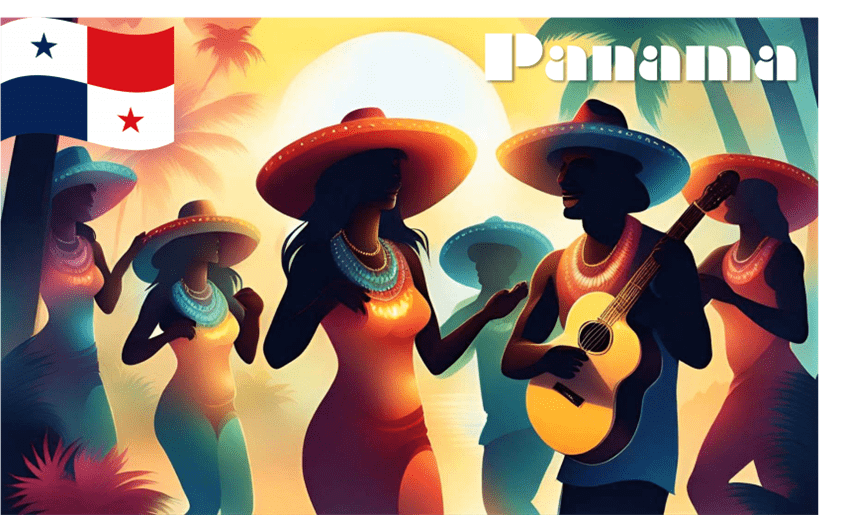
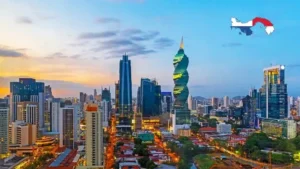
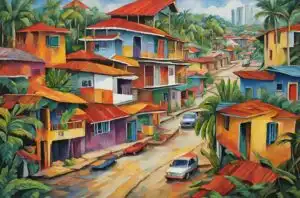
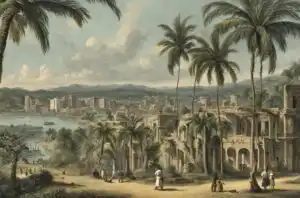
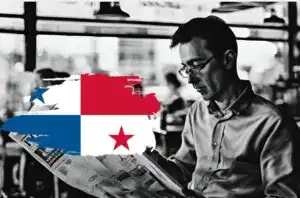
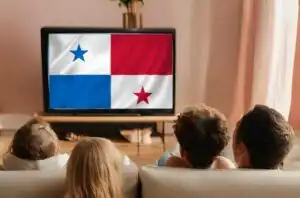
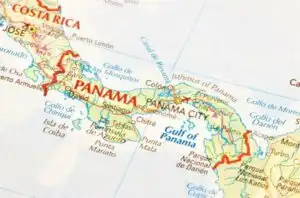
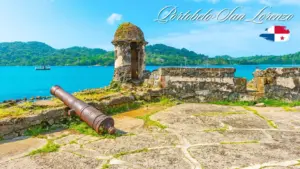
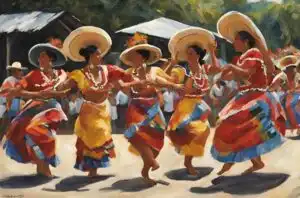

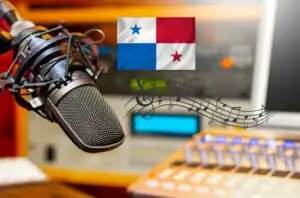
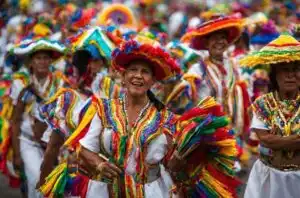
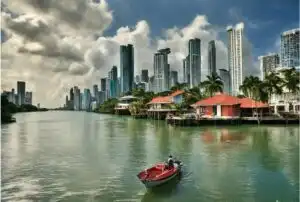
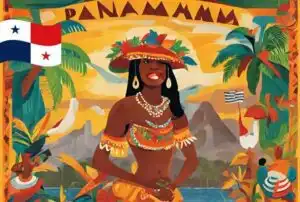
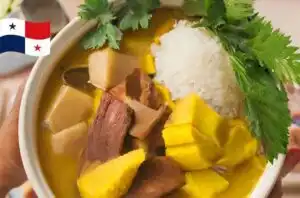

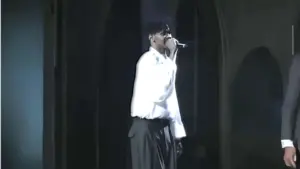
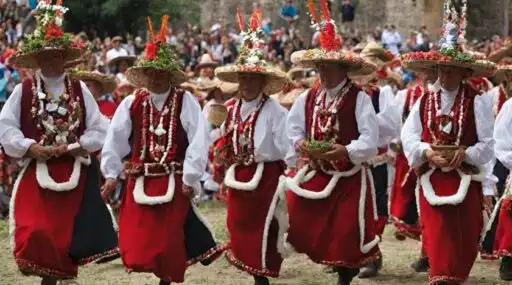
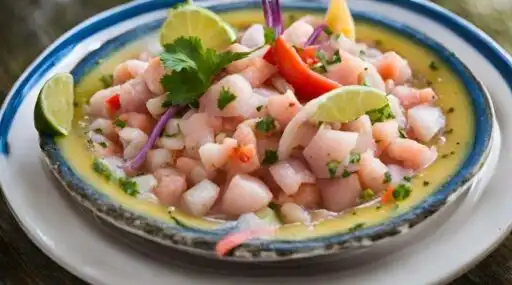
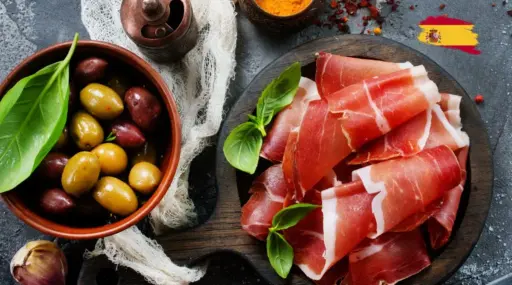
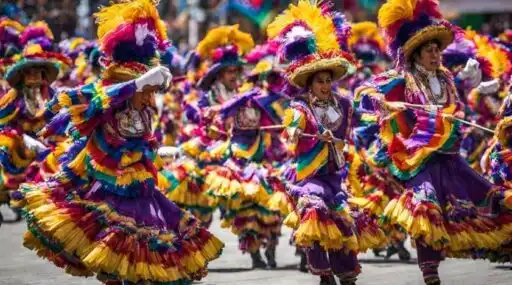

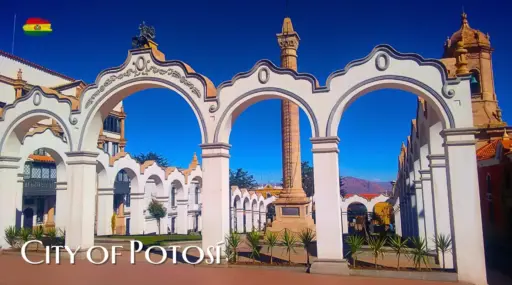
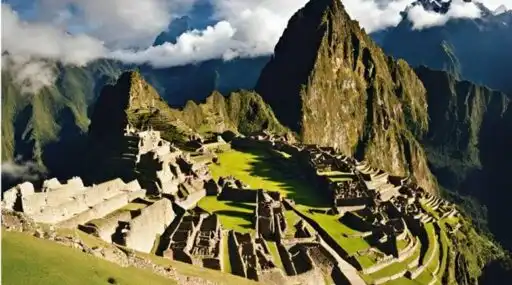
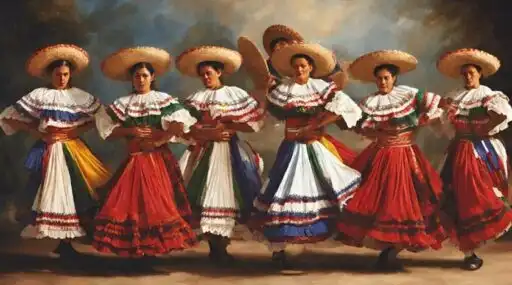

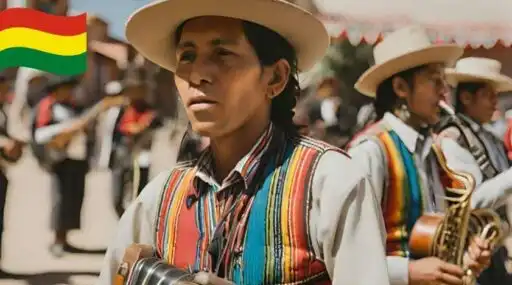
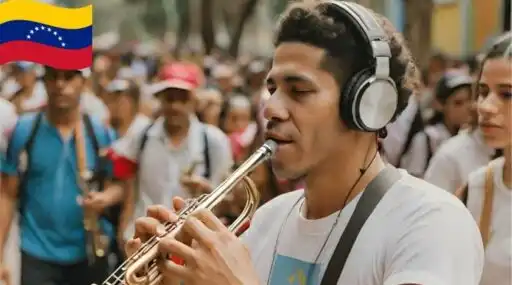
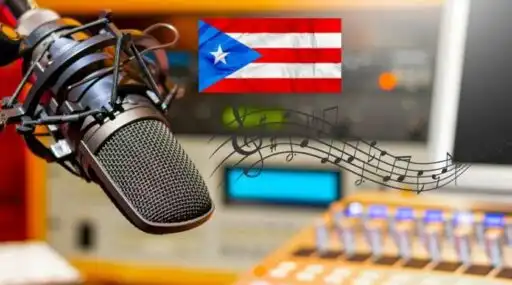
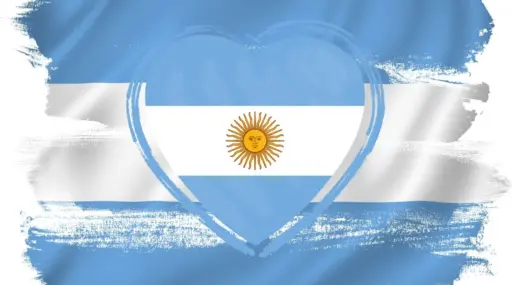
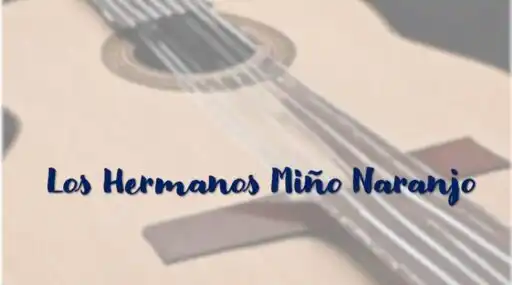
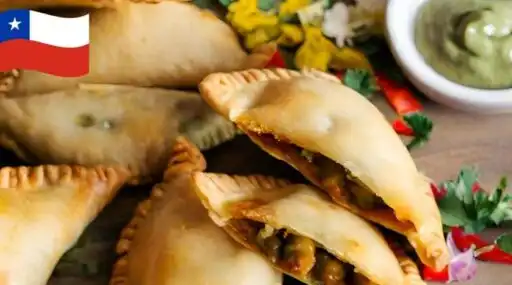
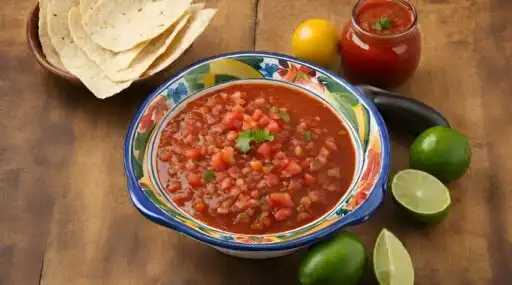

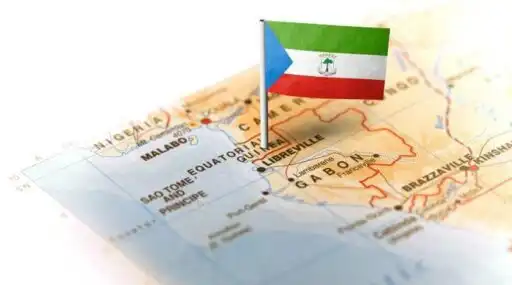
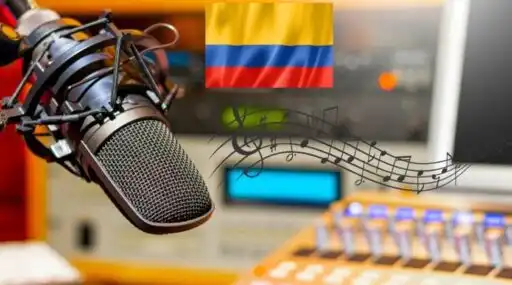
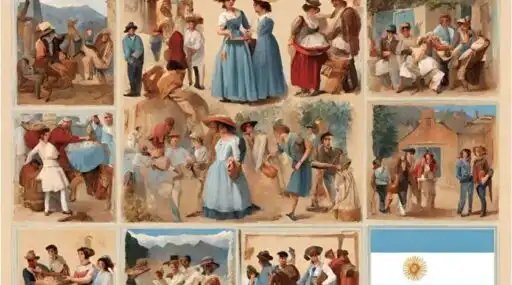

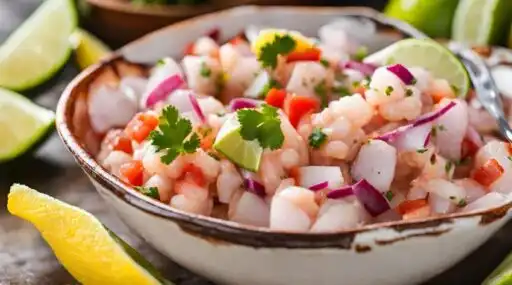
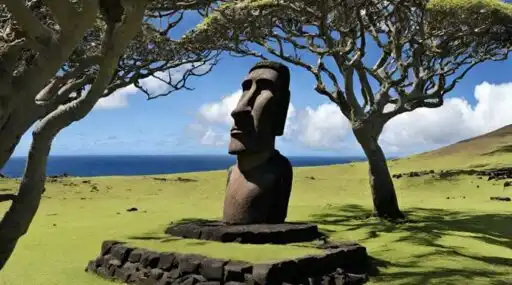
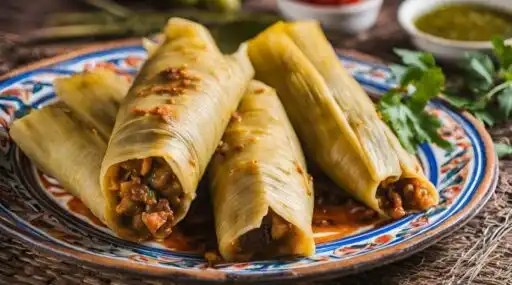
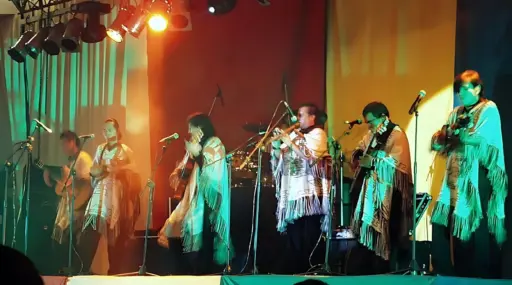
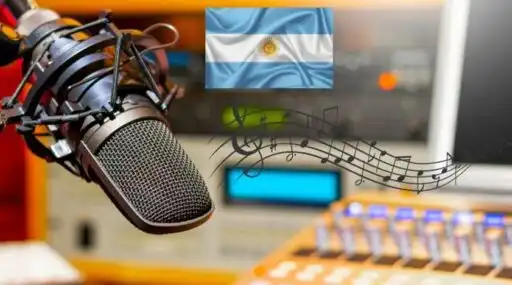
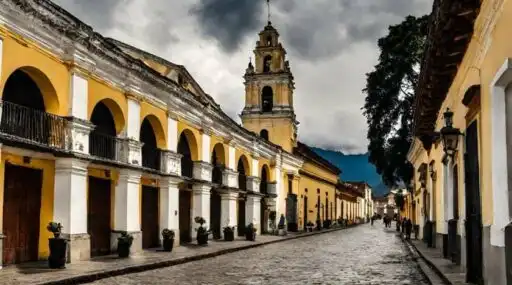
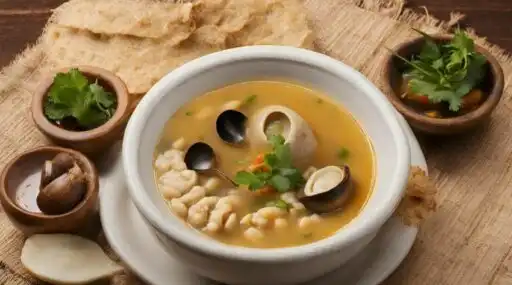
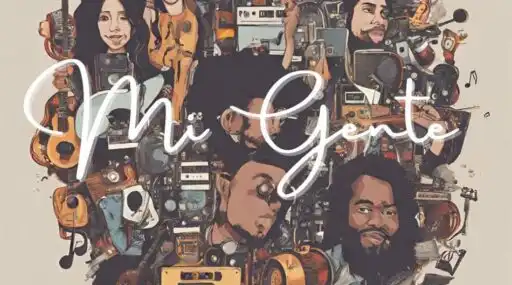
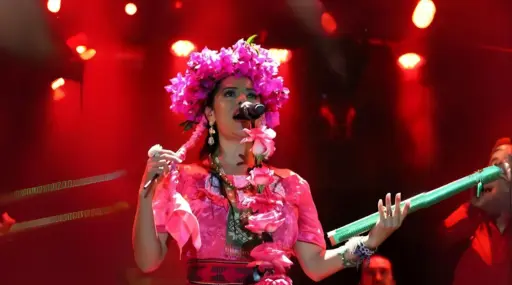
Leave a Reply